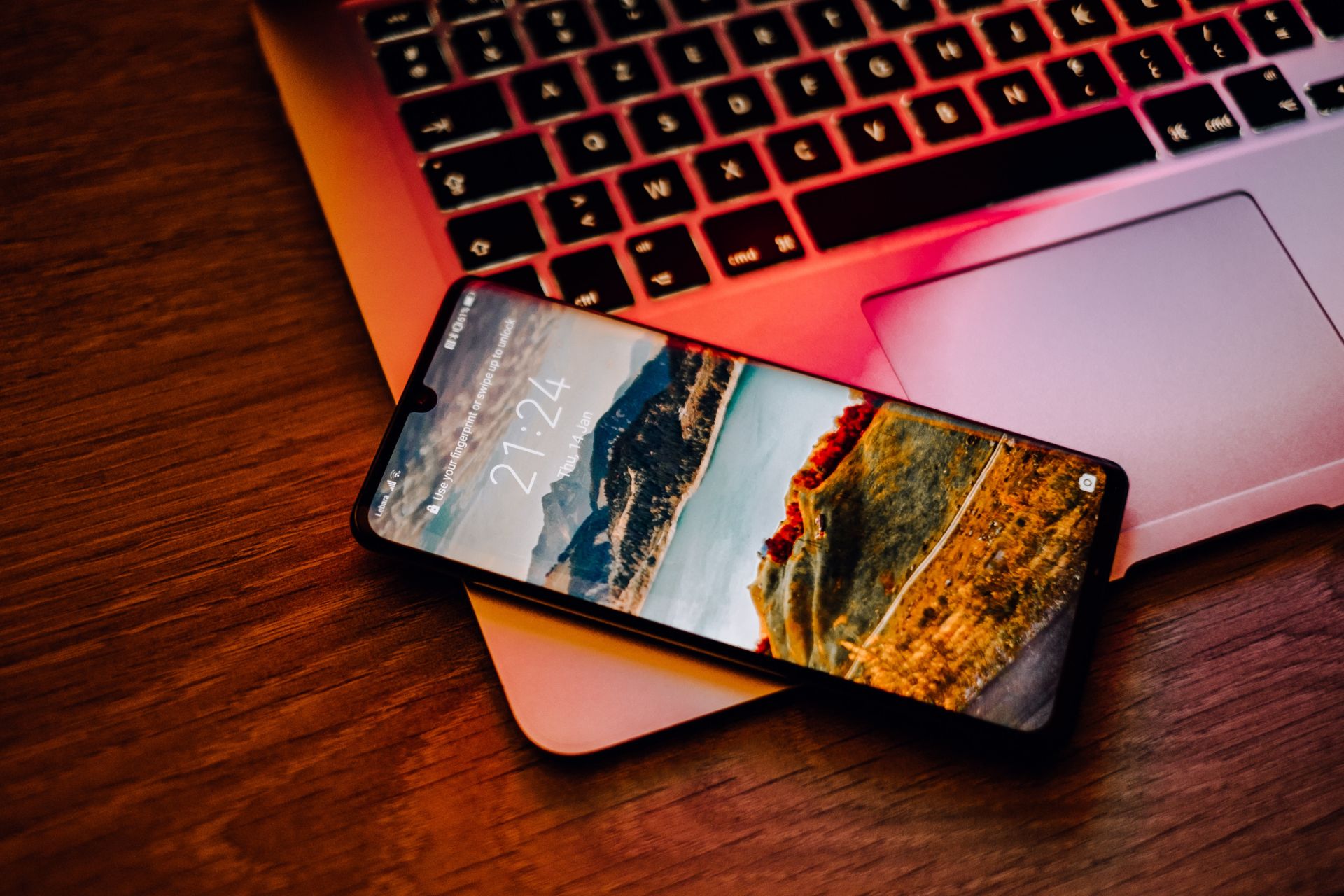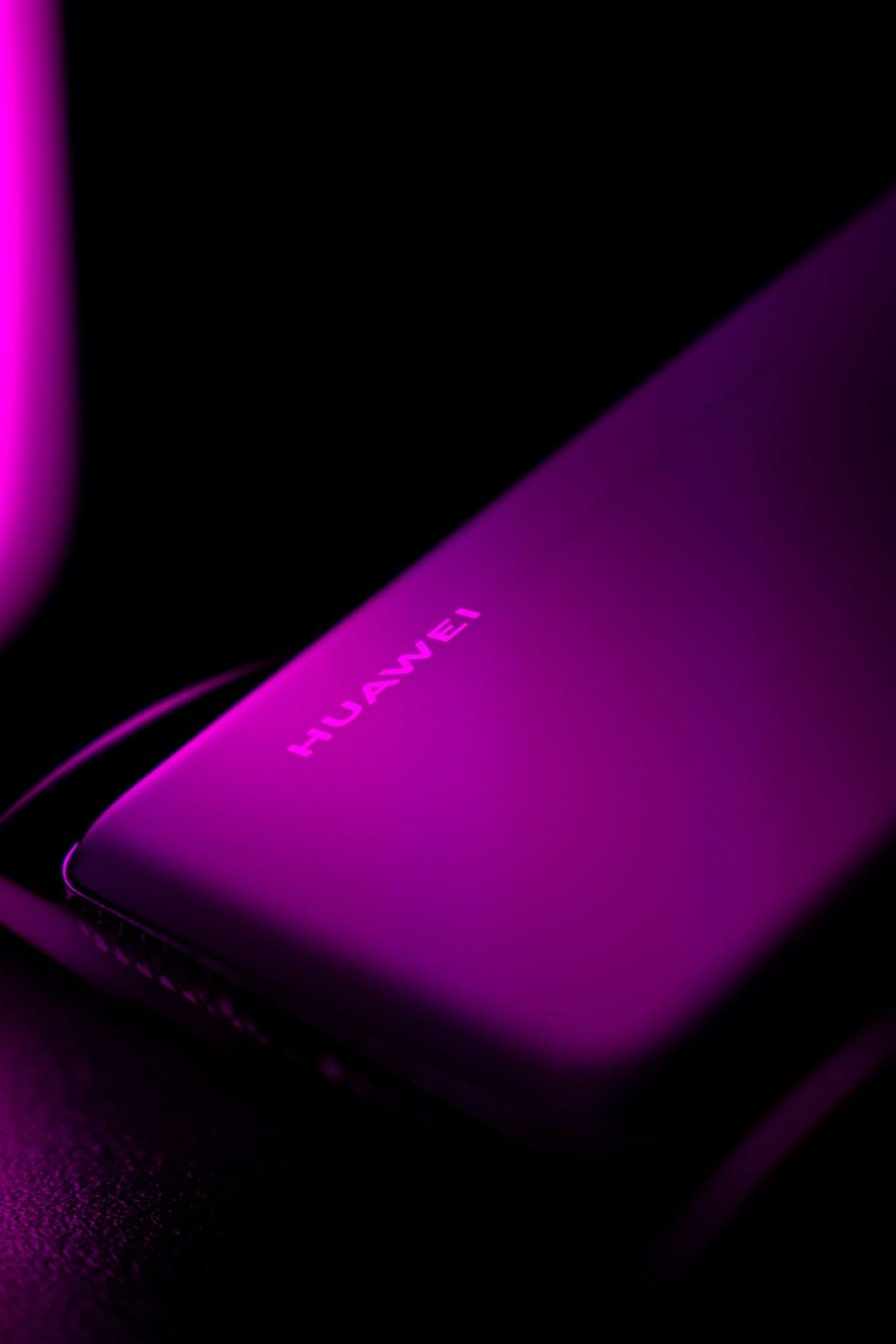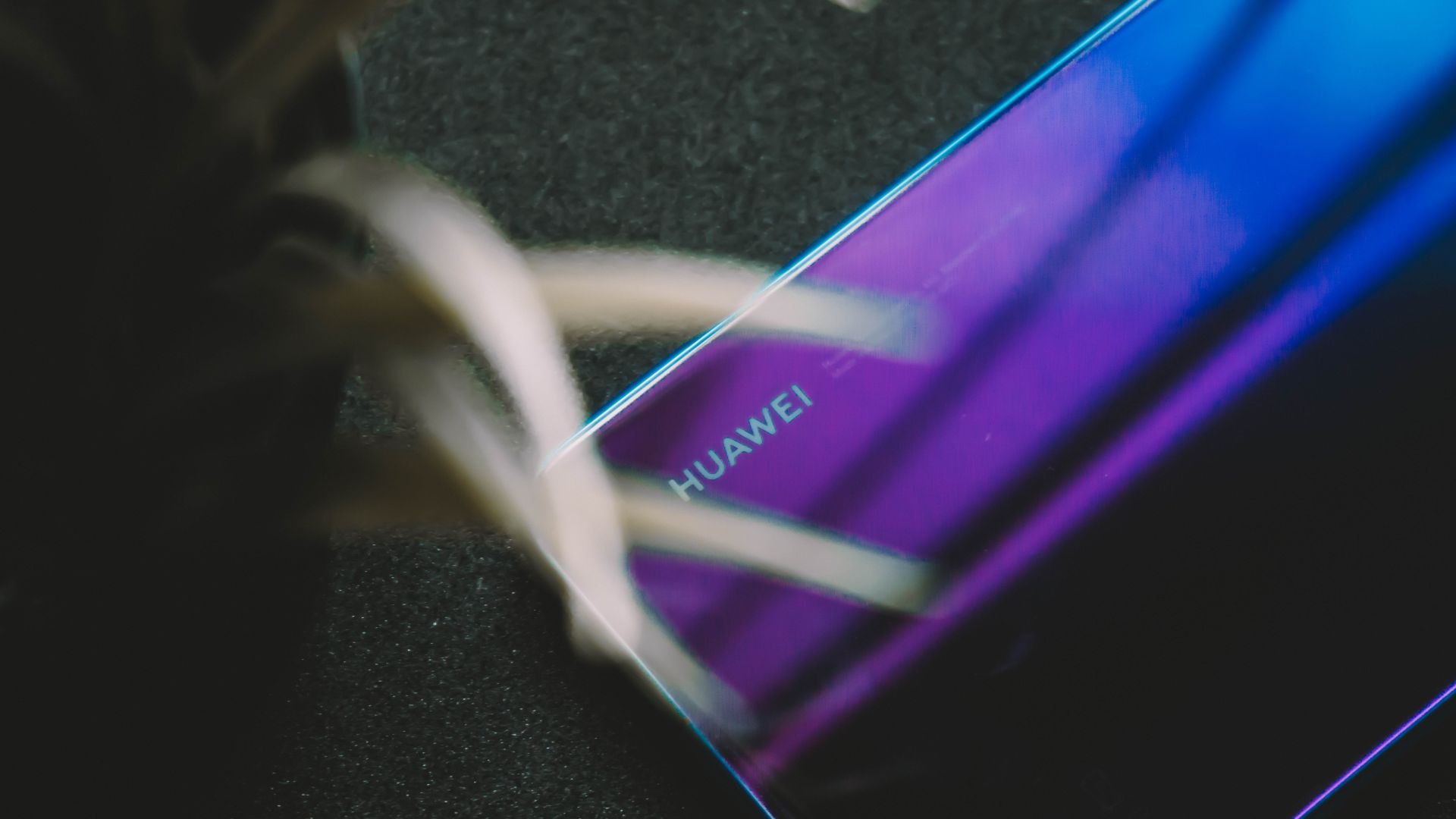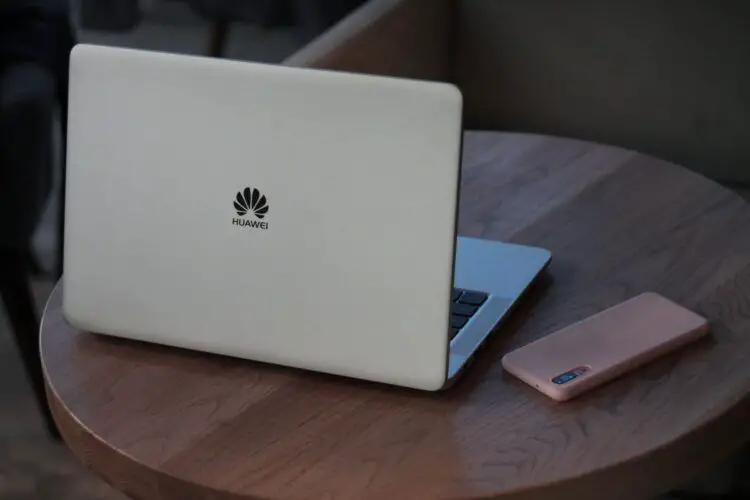A recent announcement indicated that Huawei is in the works of releasing the HarmonyOS PC version, and Huawei users are excited to try the operating system on their computers.
In regards to the introduction of HarmonyOS to PCs, Wang Chenglu, the CEO of Shenzhen Kaihong Digital Industry Development in China, has made an important disclosure.
It’s important to remember that Wang Chenglu has held important roles in Huawei in the past, including President of the Consumer BG Software Engineering Department and Director of the AI and All-scenario Intelligence Business Unit. He played a key role in Huawei’s software development and is credited with developing EMUI and HarmonyOS.
Wang Chenglu left Huawei last year to concentrate on advancing HarmonyOS technology. He started working for Kaihong Digital, a business that specializes in IoT operating systems and has been deeply investigating HarmonyOS.
As of right now, HarmonyOS PC has no set launch date, according to Wang Chenglu. Furthermore, it is yet unknown if Huawei or members of the open-source community would create the new HarmonyOS PC version. However, the upcoming year could offer a favorable window for the realization of this publication.

What is HarmonyOS PC?
Introduced in 2019, HarmonyOS emerged as a versatile operating system suitable for a variety of devices. It stands out due to its multi-device, multi-framework architecture, which enables seamless use across different platforms.
Initially, Huawei introduced HarmonyOS exclusively for smart TVs. However, by 2020, they extended their compatibility to smartphones, tablets, smart wearables, and smart vehicles. This broadened its adoption among users across these diverse devices.
In 2021, Huawei embarked on substantial research efforts aimed at introducing new features and enhancing the overall efficiency of HarmonyOS on all supported devices. During the same year, Huawei also initiated the release of an open-source version of HarmonyOS, known as OpenHarmony.
Surprisingly, despite these developments, Huawei chose not to integrate HarmonyOS into its MateBook laptops. This decision stemmed from the fact that the company still had access to Microsoft’s Windows operating system domestically and internationally. Consequently, Huawei continued to offer its notebooks with the latest Windows OS.

Windows is still the most popular operating system
In the realm of operating systems, which includes Android, iOS, macOS, ChromeOS, Linux, and others, Windows has firmly secured its position as the second most popular OS, with its only rival being Android. As of April 2023, Windows held a substantial 28.29% market share, wedged between Android and iOS.
Huawei’s strategy for launching HarmonyOS PC may mirror its approach in the smartphone sector, commencing with a release in China before expanding to other global markets. In the smartphone arena, Huawei has successfully upgraded more than 100 Android models to HarmonyOS since 2020.
The forthcoming introduction of HarmonyOS for PCs represents a pivotal moment in Huawei’s aspirations within the operating system landscape. Nonetheless, the true test lies in whether it can gain acceptance beyond China’s borders, where consumers have long been accustomed to the entrenched options of Windows and macOS.

Rumors are swirling about a potential new Microsoft operating system, Windows 12, on the horizon. If Huawei proceeds with the launch of HarmonyOS, it will provide an intriguing opportunity to assess its performance relative to Windows 12. Reports have surfaced indicating that HarmonyOS ran smoothly on an HP notebook. Developers also took the initiative to adapt drivers for various hardware components like USB, network ports, SATA ports, and PCIe.
In parallel developments, Huawei is gearing up for the release of HarmonyOS 4.0, anticipated to debut in August. This forthcoming software update is expected to usher in substantial design changes and introduce a host of new features. Those interested in learning more about HarmonyOS 4.0 can refer to our comprehensive coverage in the “HarmonyOS 4.0 coming in August” story.
Featured image credit: Dmitry Rodionov/Unsplash





